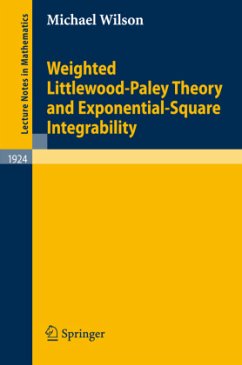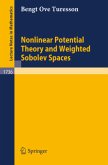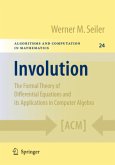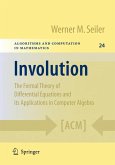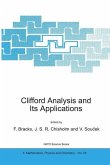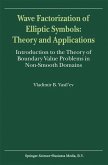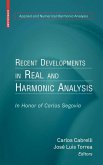Littlewood-Paley theory is an essential tool of Fourier analysis, with applications and connections to PDEs, signal processing, and probability. It extends some of the benefits of orthogonality to situations where orthogonality doesn't really make sense. It does so by letting us control certain oscillatory infinite series of functions in terms of infinite series of non-negative functions. Beginning in the 1980s, it was discovered that this control could be made much sharper than was previously suspected. The present book tries to give a gentle, well-motivated introduction to those discoveries, the methods behind them, their consequences, and some of their applications.
From the reviews:
"This engaging book by J. Michael Wilson concentrates on weighted inequalities of the forms ... . The subject matter is presented in a fashion accessible to an advanced graduate student. Proofs of major ... results are usually given in full. ... There are a good number of exercises at the end of each chapter ... . In addition there are many suggestions in the body of the text to prove or further investigate a given result." (Caroline P. Sweezy, Mathematical Reviews, Issue 2008 m)
"This engaging book by J. Michael Wilson concentrates on weighted inequalities of the forms ... . The subject matter is presented in a fashion accessible to an advanced graduate student. Proofs of major ... results are usually given in full. ... There are a good number of exercises at the end of each chapter ... . In addition there are many suggestions in the body of the text to prove or further investigate a given result." (Caroline P. Sweezy, Mathematical Reviews, Issue 2008 m)

